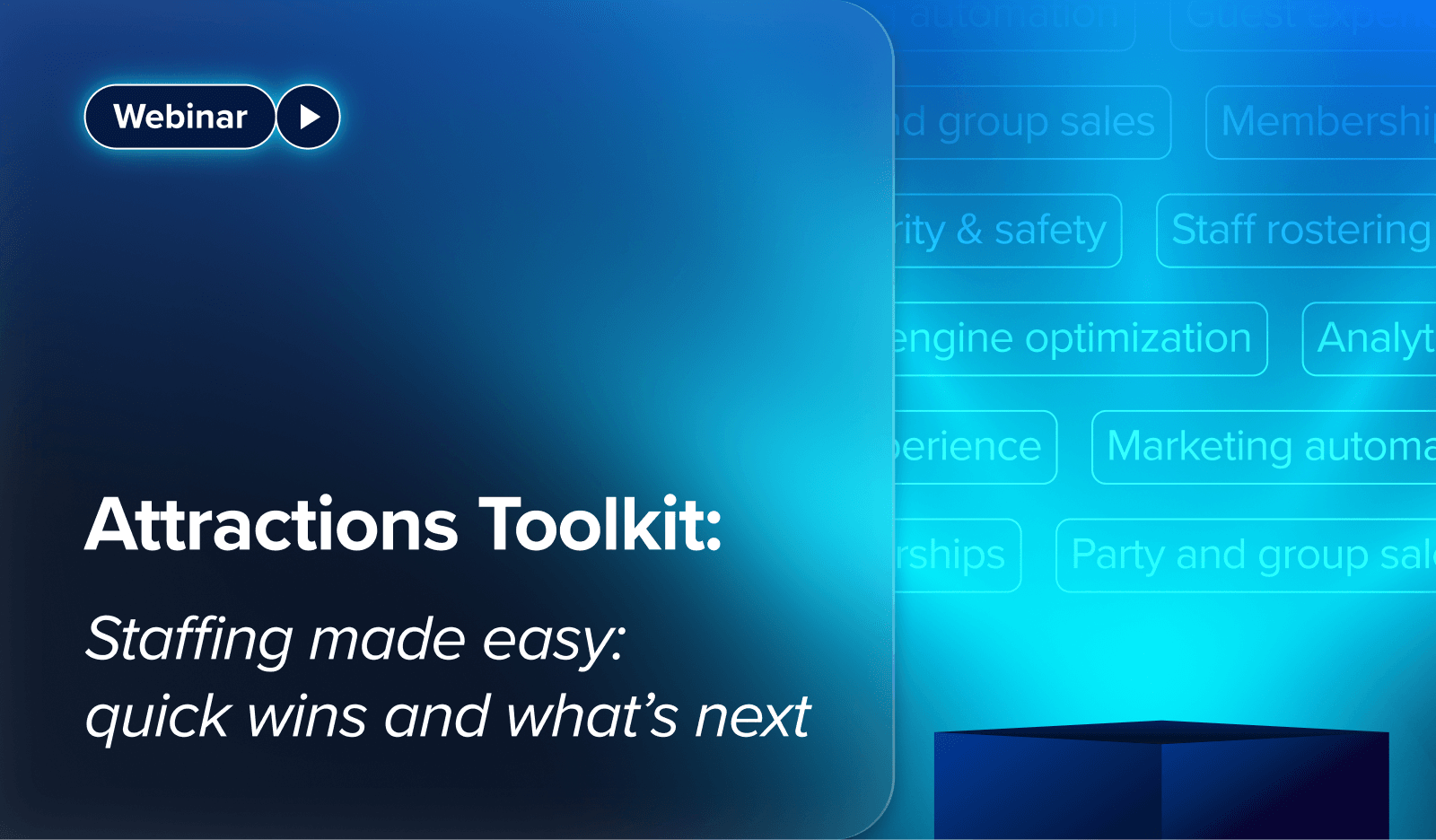Capacity Planning: Why it’s Essential & Best Practices

Capacity planning ensures an organization's resources are effectively allocated to meet current and future demands.
It’s kind of like if you’re setting out to cook a recipe or complete a project around the house — without the right ingredients, supplies, or tools, you won’t get the desired outcome.
Similarly, you must ensure you have all the right ‘ingredients,’ meaning resources, team members, skills, etc., to satisfactorily complete projects/ meet objectives at your venue. Here is where capacity planning comes in handy — join us as we delve into what it is, how it can help you, and best practices.
What is capacity planning?
Capacity planning involves assessing the anticipated requirements of your project. The primary objective of capacity planning is to ensure that the appropriate resources are accessible at the required times.
These resources might mean individuals possessing the correct skills/ expertise and the availability to accommodate additional projects or essential budgetary provisions.
What is the purpose of capacity planning?
The purpose of capacity planning is to align a business's resources with its anticipated demand strategically and efficiently. This proactive process ensures that the right resources — such as staffing, infrastructure, technology, and budget — are available when needed to meet current and future requirements.
Capacity planning aims to balance overutilization, which can lead to performance issues and increased costs, and underutilization, which can result in wasted resources and missed opportunities. By effectively planning capacity, businesses can optimize resource allocation, maintain high-performance levels, avoid disruptions, create greater transparency amongst teams, and make informed decisions to support their growth and operational goals better.
Types of capacity planning
There are several types of capacity planning. Each type addresses different time frames and aspects of resource management. Organizations often combine these types to create a comprehensive capacity planning strategy that supports their operational efficiency and growth objectives. The main types of capacity planning include:
Strategic capacity planning
Strategic capacity planning is conducted at a high level and involves long-term considerations. It aligns an organization's overall capacity with its business strategy and goals. Strategic capacity planning involves decisions about significant investments, expansions, and facility locations to accommodate future growth and changing market demands.
Tactical capacity planning
Tactical capacity planning is more short-to-medium term in nature. It involves translating the strategic plans into actionable steps. This might include adjusting workforce levels, optimizing production schedules, and planning for changes in demand patterns. The goal is to ensure that resources are effectively utilized to meet current and near-future demands.
Operational capacity planning
Operational capacity planning focuses on the day-to-day management of resources to ensure smooth operations. It involves monitoring current resource usage, identifying bottlenecks or constraints, and making adjustments as necessary to maintain efficient workflows and meet immediate demands.
Contingency capacity planning
Contingency planning accounts for unexpected events that could impact capacity. It involves having backup resources, alternative plans, and response strategies to address disruptions such as sudden spikes in demand, supply chain interruptions, or system failures.
Capacity planning vs. resource planning
Capacity planning revolves around managing the equilibrium between resource supply and demand. A robust capacity plan aims to predict heightened demand for additional resources, allowing you to bridge that gap proactively.
Resource planning centers on your existing resource pool and determines their optimal allocation. Resource capacity planning amalgamates these concepts, envisaging the requirement for supplementary resources in future scenarios.
Capacity planning best practices
Understand current and future demand
Before planning capacity, clearly understanding your organization's current and projected future demand is essential. This can involve analyzing historical data, market trends, customer feedback, and other relevant information. By accurately predicting demand, you can avoid overprovisioning or underprovisioning resources.
Plan for peaks and seasonal changes
Many businesses experience seasonal spikes in demand or special events that lead to increased traffic or resource usage. Plan your capacity to accommodate these peaks without compromising performance. This might involve provisioning temporary resources or using auto-scaling mechanisms that automatically adjust resources based on load.
Regularly review and update plans
Capacity planning is not a one-time task. It's crucial to periodically review and update your capacity plans based on changing business needs, technological advancements, and shifts in demand. This iterative approach ensures that your capacity planning aligns with your organization's goals.
Use scalable and flexible systems
Implement technologies that easily add or remove resources based on demand fluctuations. Cloud computing services are an example of technologies that provide scalability and flexibility. This is because such services are more effective than traditional server-based systems — they offer real-time support and services and can be accessed from anywhere in the world where there is internet.
ROLLER’s cloud-based venue management system offers capacity and bookings management features to help operators view and manage capacity at their venues in real-time. Through their ROLLER dashboard, operators can view their calendar and see their bookings for the day (and beyond). Any adjustments the operator makes will immediately be reflected to staff and guests — dramatically reducing the chances of double-booking and admin errors.
Operators can also see which bookings and tickets have been redeemed and block capacity for session times if required. For example, they could book a large school group and block the capacity of this session so no one else can book.
Learn more about ROLLER’s online ticketing & capacity features here.
It’s all in the planning
Remember that capacity planning is a dynamic process that requires continuous monitoring and adaptation. It involves collaboration between various teams, including IT, operations, finance, and business stakeholders.
Using the tips in this article, we hope we’ve made it easier for you to discover how you can use capacity planning to optimize your resource allocation and maintain high levels of business performance and guest satisfaction at your venue.
Related articles


Attractions Toolkit: How to Build a Smarter, Stronger Team in 2025

Business Analytics Software for Attractions: Turn Guest Data Into Revenue
Enhance your guest experience
Get free education, tips and inspiration to help you run a successful venue.